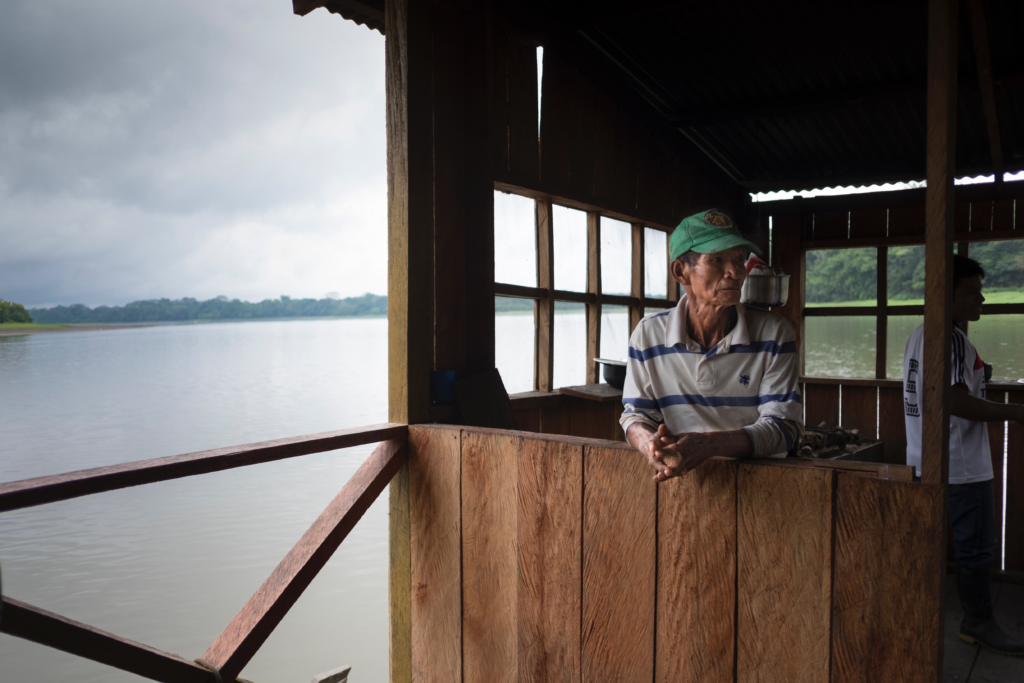
South America is a continent known for its stunning landscapes, vibrant culture, and delicious food. With each country having its unique cuisine and culinary traditions, South American food culture is diverse and exciting. From Brazil’s famous churrasco to Peru’s ceviche, the region boasts an array of flavors that are sure to tantalize your taste buds. In this blog post, we will explore the food cultures of four South American countries – Brazil, Argentina, Peru, and Chile –and discover what makes them so special. So get ready to embark on a culinary journey through South America!
The food culture of Brazil
Brazil is a country that evokes images of samba, carnival, and beautiful beaches. But did you know that Brazil also has a rich and vibrant food culture? Brazilian cuisine is heavily influenced by its indigenous roots as well as European, African, and Asian migrants who settled in the country over the centuries.
One of the most famous dishes from Brazil is feijoada – a stew made with black beans, pork or beef meat, sausage and served with rice. It’s often considered to be the national dish of Brazil. Another popular dish is churrasco – grilled meats served on skewers with various side dishes such as farofa (toasted cassava flour).
Brazilian cuisine also offers many delicious street foods such as pastel (fried pastry filled with cheese or meat), coxinha (shredded chicken wrapped in dough and fried) and pão de queijo (cheese bread made from tapioca flour).
Seafood is also an important part of Brazilian cuisine given its extensive coastline along the Atlantic Ocean. Moqueca de camarão – shrimp cooked in coconut milk sauce -is one of their seafood specialities.
To complement these amazing meals are beverages like caipirinhas which are cocktails made using cachaça rum mixed with sugar cane juice & lime wedges; Guaraná soda- which contains extract from guarana berries grown locally and Mate tea.
Brazilian food is all about celebrating life through good company & amazing flavors!
The food culture of Argentina
Argentina is known for its delicious dishes. With a strong influence from Italian and Spanish cuisines, the food culture in Argentina is diverse and flavorful.
One of the most famous dishes in Argentina is asado, which is a barbecue-style meal that features grilled meat. The meat used can vary from beef to chicken or even goat, but it’s always cooked with a smoky flavor that adds an extra layer of taste.
Empanadas are another popular dish found all over Argentina. These pastry pockets are filled with various ingredients such as beef, cheese, vegetables or ham and can be enjoyed as snacks or meals depending on size.
Argentinians also love their sweets! Dulce de leche is a caramel-like spread made by cooking milk and sugar together slowly until it becomes thick and creamy. It’s often used as filling for pastries like alfajores or served alongside toast during breakfast time.
No trip to Argentina would be complete without trying mate (pronounced mah-teh). This traditional drink consists of yerba mate leaves brewed in hot water before being drunk through a metal straw called bombilla. It’s quite bitter at first sip but has an acquired taste that many locals swear by!
Argentine cuisine offers many unique flavors that combine different cultures into one country’s gastronomy heritage.
The food culture of Peru
Peru, located on the western coast of South America, is a country rich in history and culture. Its food culture is no exception, with its diverse cuisine heavily influenced by indigenous ingredients and traditions.
One staple of Peruvian cuisine is ceviche, a dish made from raw fish marinated in lime juice and mixed with onions and chili peppers. Another famous dish is lomo saltado, which combines strips of beef or chicken stir-fried with tomatoes, onions, and French fries.
Peruvian food also features unique ingredients such as quinoa, purple corn, and huacatay (a type of mint). These ingredients are used to make dishes like causa (a layered potato dish) or chicha morada (a sweet drink made from purple corn).
In addition to its traditional dishes, Peru has also become known for its fusion cuisine. Chefs have combined traditional Peruvian flavors with Japanese techniques to create Nikkei cuisine. Other chefs have blended Peruvian flavors with Chinese cooking methods to create Chifa cuisine.
The food culture of Peru offers visitors a wide variety of delicious dishes that showcase the country’s rich history and unique culinary traditions.
The food culture of Chile
Chilean cuisine is heavily influenced by the country’s geography and climate, as well as its indigenous and colonial history. Chilean food is known for being simple yet flavorful, with many dishes incorporating fresh seafood, meat, and vegetables.
One of the most iconic Chilean dishes is the hearty stew known as cazuela. Made with different types of meats such as beef or chicken, this dish also includes a variety of vegetables like potatoes, carrots and pumpkin. It’s often served with rice or bread.
Another popular dish in Chile is empanadas – savory pastries filled with meat or cheese (or both!). These are often sold at street vendors throughout the country.
Seafood lovers will enjoy trying traditional Chilean ceviche made with raw fish.
Conclusion
From Brazil’s feijoada to Argentina’s asado, Peru’s ceviche to Chile’s pastel de choclo, there is always something new to try.
South American cuisine reflects its indigenous roots as well as influences from European and African cultures. The use of fresh ingredients such as fruits, vegetables, meats and seafood plays an important role in these cuisines.
If you looking for a culinary adventure without leaving your hometown, exploring the different food cultures is definitely worth it. After all, what better way is there to experience a new place than through its food?
